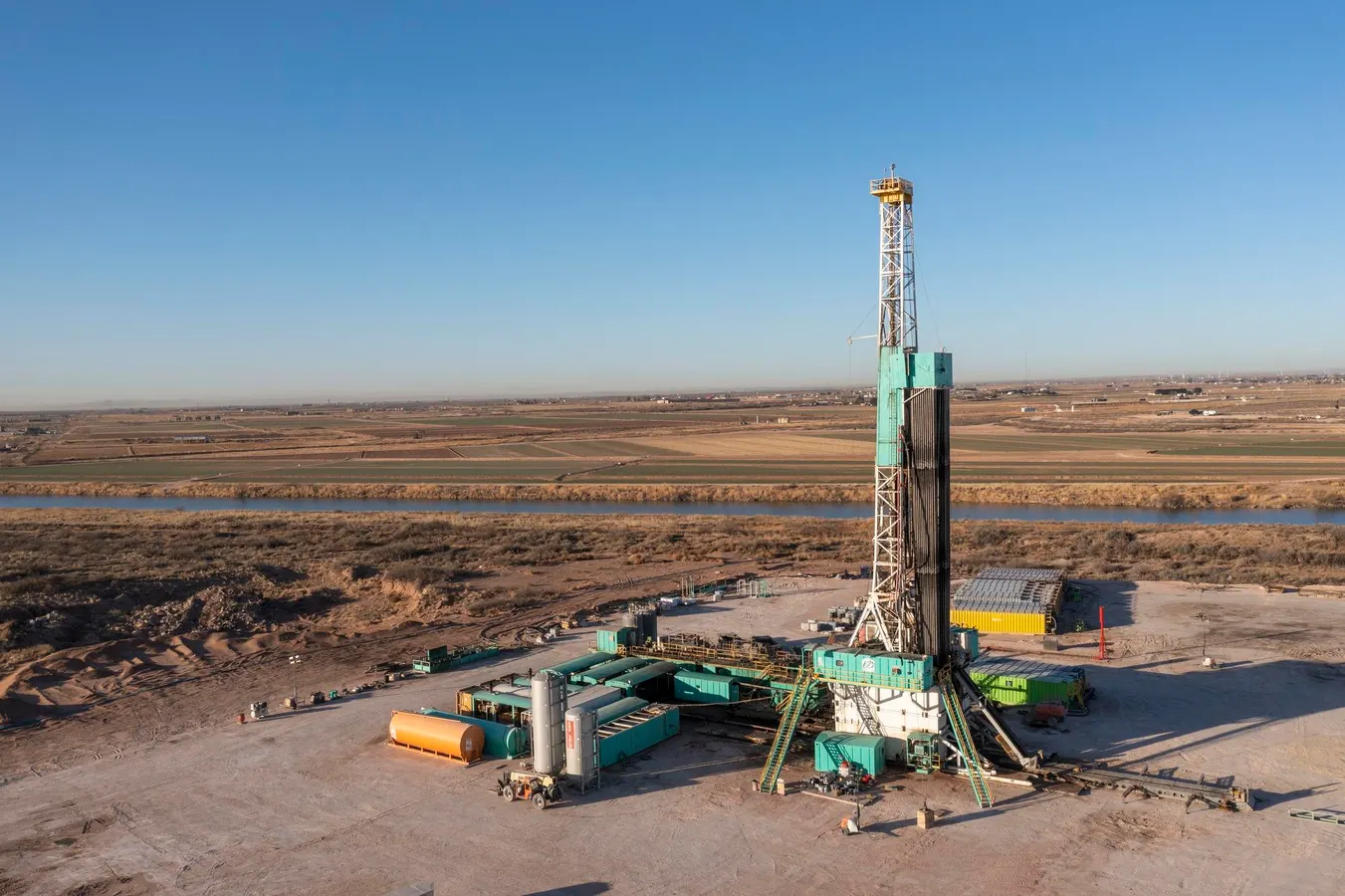By Contributor,Jim Vinoski
Copyright forbes

Private equity would seem to be a natural fit for SME manufacturers’ increasing needs for growth and buyout capital. But there’s a problem.
Baby Boom owners of small- and medium-sized enterprise manufacturing companies, which comprise about 98% of American industry, are reaching retirement age in droves, with Generation X not far behind. Those without relatives or partners to take over the businesses need to find buyers so they can exit. Private equity investors would seem to be the natural answer. Unfortunately, there exists a critical distrust of PE among industrial owners.
Matt Guse is president of MRS Machining in Augusta, Wisconsin, a family-owned machine shop established by his dad in 1986. Author of the new book MRS Machining: A Manufacturing Story, Guse published an article on LinkedIn last week giving one reason for that great level of distrust among owners looking to sell.
There’s a gap right now in manufacturing that mostly gets swept under the rug—a real disconnect between buyers and sellers that goes way deeper than price. Almost every week, I hear from private equity firms or buyers circling manufacturing businesses, coming in with their own playbooks. But let’s be honest: most buyers still approach business owners like they’re handing them a favor, tossing out the same tired 2x–4x multiples, assuming owners are desperate to cash out. That attitude misses the point entirely.
Manufacturing business owners aren’t just selling off machines and real estate. They’re putting decades of hard work, community, and identity on the line. These are their legacies, not just another transaction to check off a spreadsheet. Treating these deals as cold, purely financial moves ignores everything that actually makes these businesses valuable in the first place.
There’s a much deeper level of distrust that dates back about as long as MRS Machining has been around. Supply chain veteran and author Jeff Leimbach explained it in his book from earlier this year, Broken Supply Chains: How Financial Engineering Hollowed American Manufacturing and the Complex Journey to Resilience.
MORE FOR YOU
Picture a family-owned metal shop that’s been around for 70 years, with 800 employees and a solid reputation in the aerospace supply chain. A private equity firm decides to buy it, putting up just 30% of the money and borrowing the rest. Then they shift that debt onto the company’s books. Overnight, a once-stable manufacturer is buried under millions in loans it never asked for. Now, instead of focusing on growing or improving, its top priority is paying down debt.
Private equity loves this setup because it amplifies their potential profits. If they only invest 30% of the purchase price but walk away with 100% of the gains, their returns skyrocket—assuming the company survives. If it doesn’t? Their risk is capped at that 30%, while the banks and bondholders eat the losses. This lopsided risk-reward structure encourages bold, sometimes reckless decisions. And when this mindset spreads across industries, the risks stop being individual—they become systemic.
Industrial companies are uniquely capital-intensive. They require heavy doses of cash at the outset to purchase and install expensive production equipment and systems. Then they need ongoing large infusions of capital to maintain the productive capacity of those systems over time, to replace major equipment when it reaches the end of its useful life, and to invest in additional productive capacity to allow the business to grow.
Overall funding for manufacturing operations appears to be sound. Still, the breakdown between manufacturing owners and the PE world is one that is becoming an ever-greater challenge.
Private equity buyouts often not only don’t provide for those needed ongoing infusions of capital, but they’re also routinely structured to require regular dividends returned to the investors as well. Leimbach explained what happens in that case.
The sales pitch from private equity sounds impressive. They say they’ll “modernize” operations, find “hidden value,” and improve “efficiency.” But behind the buzzwords is a much simpler aim: get cash out, fast. Most private equity firms work on a tight timeline—usually 3 to 7 years. That means they need to buy, restructure, and resell the company in that short window, ideally with big profits. There’s no reason for them to think about what happens 10 or 15 years down the road. The pressure is always on the short-term.
And that’s a serious problem for manufacturing. These companies thrive on long timelines—planning and investing for the next decade, not the next quarter. They need time to train workers, upgrade machines, and develop new products. Private equity can’t wait that long. So corners get cut. Equipment upgrades are put off. Maintenance gets delayed. Engineering and training teams are downsized. Instead of being part of a healthy, long-term system, the company becomes a tool for squeezing out quick profits.
The manufacturing SME community is huge, but the networks in its different verticals are tight-knit, so the many horror stories like these of companies devastated by bad investment philosophies quickly spread among owners. The result, as Guse pointed out, can be appalling.
Here’s a story that sticks with me: I had a friend who built his business from scratch, poured everything he had into it, but got so worn down by the struggle to find skilled help that he finally just shut the doors and sold it all off. Before closing, he handed me his customer list so his customers would be taken care of—but what a loss. It wasn’t just his loss; the whole community lost something special. It felt like a missed opportunity. If there’d been a buyer who truly valued what he’d built and wanted to keep it alive, maybe that story would have had a better ending.
That kind of breakdown in the business environment couldn’t come at a worse time. “The opportunity is huge,” Guse told me in an interview. “There’s an ever-greater need for domestic manufacturing capabilities, and a growing pool of owners looking to exit. We have to fix the problem, and fast.”
I sought input from several representatives on the PE side of the equation for this story, but none would speak with me on the record. Both Guse and Leimbach acknowledge, however, that the horror stories aren’t the whole picture. “I know there are good practices in private equity companies,” Leimbach said in a recent appearance on my Manufacturing Talks web show and podcast. Certainly, the fact that most companies can get the financing they need to fund their operations and growth on an ongoing basis says there are plenty of things working right.
The need for change remains, however, and Guse offered his solutions.
So what’s the real win-win? Buyers who invest in real relationships, respect founders, offer true value (sometimes even paying a 7x multiple for the right business), and focus on partnership aren’t just acquiring a company. They’re earning loyalty, inheriting legacy, and protecting the culture that made the business great. Sellers get to see their life’s work continue and grow, not just get wiped away. Employees and customers get stability and vision. And the whole manufacturing world gets stronger.
If you’re a buyer, reach out early and ask owners what legacy matters most to them. If you’re an owner, don’t be afraid to ask buyers how they’ll protect your culture and what their real plans are for your people and your customers. That’s how the best deals get started.
It’s time to move past the old way of doing things. Let’s make selling a company not just an ending, but the start of something bigger—a future where sellers feel proud and protected, where the culture they built carries on, and where new owners step in with real purpose. That’s what manufacturing deserves.
Editorial StandardsReprints & Permissions



